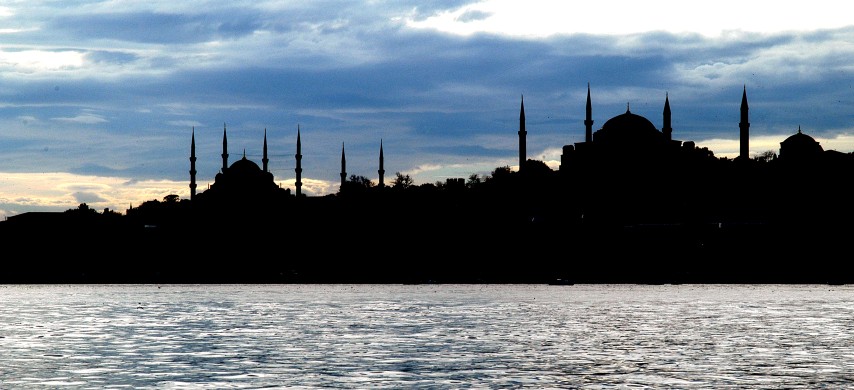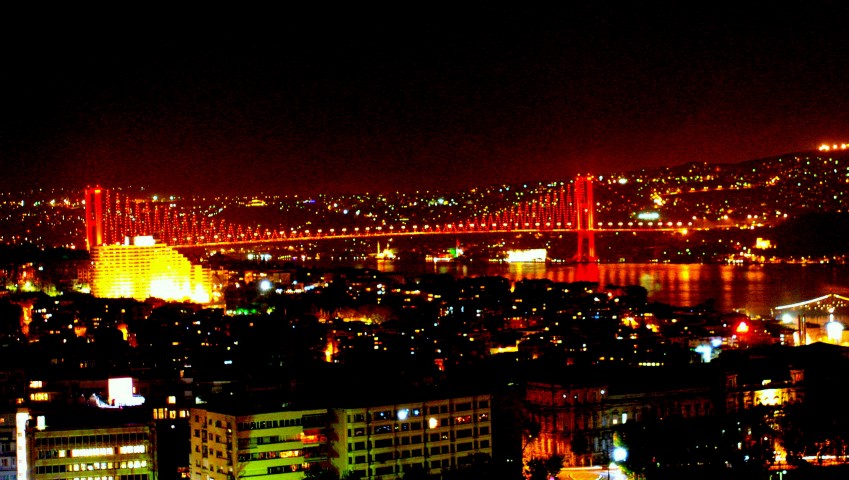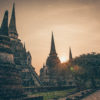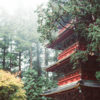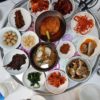Istanbul is a city of narrow streets and outdoor markets, where the whiff of cardamom and chilli floats on the breeze, where women in head scarves carry their children and their shopping across cobbled streets broken by tram lines, and where minarets and spires clamour for attention on a spiky horizon. It is a city of many names — Istanbul, Byzantium, Constantinople — each one bequeathed by long-gone conquerors who brought their treasures, cultures and architects with them, leaving in their wake a city peppered with magnificent sites, beautiful views and friendly, hospitable people.
A visit to Istanbul is a feast for all the senses. Every restaurant worth its salt offers sumptuous banquets for the hungry belly. The fresh fish, fruit and vegetables are all delicious, especially the aubergines and cherries. Few people know that Turkey produces every type of foodstuff required to feed its population, with the exception, ironically, of coffee.
Visually Istanbul is a thrill too. It straddles the Bosphorus Strait, an aquamarine seaway connecting the Mediterranean and the Black Sea that bisects not just the city of Istanbul but the continents of Europe and Asia. Stand on a ferry looking north towards Russia, and on your left you’ll see the jumbled roof tops of the Old Town, punctuated by the minarets and domes of the famous Suliman Mosque. Look to your right past the elegant summer homes of the wealthy city dwellers, and the flat expanse of Asia stretches on towards India, China and Japan.
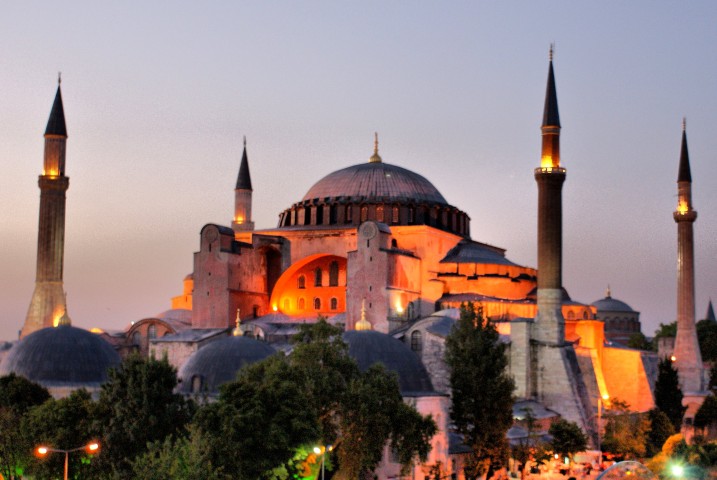
With a geographic location like this, it’s no surprise Istanbul flourished as a centre of trade for so many centuries. The city’s voluminous bazaars (you can still visit two of them: the Spice Bazaar and the Grand Bazaar) were for 15 centuries the very centre of the known world. Until air travel replaced sea travel, Istanbul was truly the New York City of its day, where the dialects of Armenians, Greeks, Franks and Arabs babbled across the market places. Nowhere in Istanbul is quiet even today. The hum of traffic is ever present and the recorded prayers of muezzin calls whine across the rooftops five times a day. The narrow streets of the Old Town (Sultanahmet) do not deter the crazy cab drivers either, so don’t assume a hotel tucked away from the main drag will be silent at 8 a.m.!
No longer even the capital of Turkey, let alone the entire medieval world, Istanbul’s legendary corruption towards the end of the Ottoman period led to the establishment of a new capital city in Ankhara. But in its heyday, Istanbul was a place of savage court intrigues, based around intense rivalry between the Sultan’s concubines concerning the succession of their children. When you take a trip along the Bosphorus, watch out for the flocks of seabirds who skim above the water. It is said they are the lost souls of the Sultan’s children, who were thrown to their deaths from the palace walls during these bloody succession struggles.
Although the perpetrators of such heinous crimes are long gone, their sumptuous quarters remain. This palace complex is Istanbul’s number one tourist destination. Called the Topkapi Saray, it was built by the Ottomans in the 15th Century and enlarged over 400 years by successive generations. By far the most beautiful part is the Harem, with its walls covered in Iznik blue tiles and courtyards cooled by water fountains and framed by ogival arches. Once accessible only to the Sultan himself and to the eunuchs who attended his women, these apartments offer a glimpse into a completely lost world. Beautiful maidens from every corner of the Ottoman Empire were brought here for the Sultan’s pleasure.
Few women managed to wield any political power. But Roxelana, favourite to Sultan Sulieman the Magnificent, was a rare exception. She ousted Grand Vizier Ibrahim Pasha, whose house beside the Roman Hippodrome is now the Museum of Turkish and Islamic Arts (containing an unmissable Turkish rug collection), and replaced him with Rustem Pasha, who proceeded to make so much money from the bribes he levied that he could afford to build the Rustem Pasha Mosque, which he decorated with 14 unique designs of Iznik tile. (Just one of these tiles nowadays sells for £10,000 at Sothebys.)
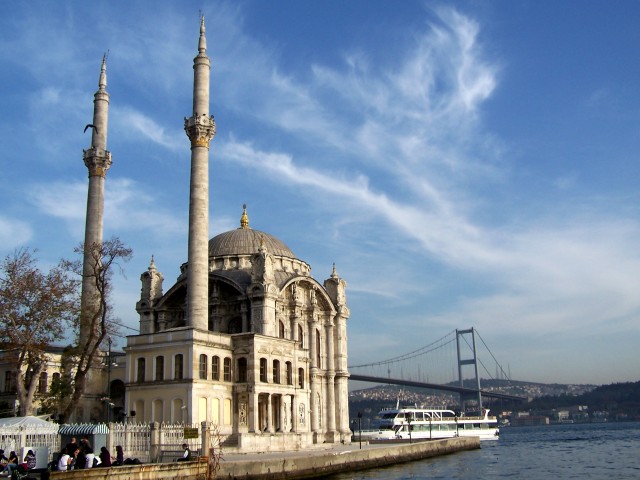
Rustem Pasha’s legacy to Istanbul is appreciated to this day — and not just by tourists — for the Islamic way of life permeates every aspect of the city. Each night at sunset, the collective chants of hundreds begin to emanate from every corner of the city, and rows of black shoes multiply outside the famous Blue Mosque, so-called for its interior tiles in 999 shades of blue. The faithful also stream into the Suliman Mosque from its fragrant gardens outside. Designed by the master architect Sinan, its dizzying domes, rising in tiers, are perfectly symmetrical from every angle.
On a smaller scale, though no less beautiful, is Sinan’sCemberlitas Hammam, an ancient Turkish bathhouse in the Old Town. This 16th Century Ottoman architectural gem is still functioning today, and men and women (separately) sweat out their toxins on marble slabs, and then retire to symmetrical chambers where they are rubbed down by enormous attendants. The daytime light percolates through star-shaped holes in the domed marble ceiling, through which the steam escapes. After one such experience, this writer had never felt so clean.
Push still further back into Istanbul’s history and you encounter the remaining wonders of the Christian Byzantine Empire, which flourished for a millennium — from 328AD to 1453AD — as Constantinople. Three sites in particular stand out: the vast city walls encircling the Topkapi Palace area, the Haghia Sophia Church (which boasted the largest dome in Christendom until St. Peter’s was built in Rome), and the Chora Church, whose walls are still decorated with the finest Byzantine mosaics and frescoes in the world.
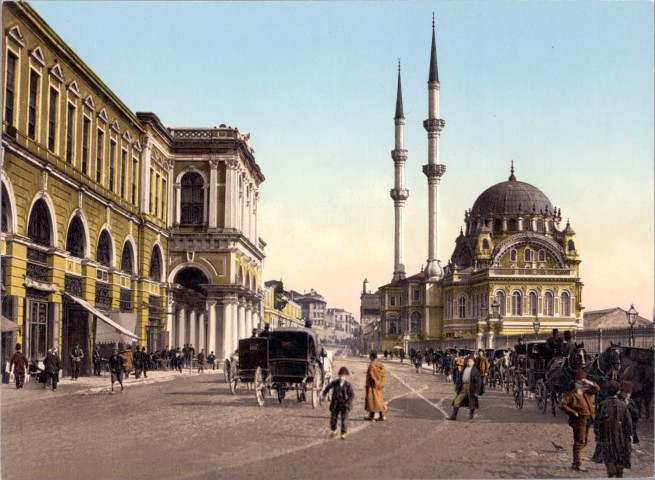
The danger of heritage overload is very real in Istanbul, but it’s entirely possible to know all of this, see none of it, and spend a weekend chilling on a boat up the Bosphorus, munching your way through Turkish banquets in Leander’s Tower(where M was held in The World is not Enough), and strolling through spice-ladenstreet markets where you can bargain for great prices on everything from apple tea to Turkish rugs.
As for the nightlife, how can the chance to watch a gorgeous girl shaking her hips at dizzying speeds be passed up at theOrient House? Istanbul also boasts a few good clubs, among them Pasha, housed in an 18th Century warehouse and a lure for top international DJs. There are also many concert venues, where you can hear traditional and modern music such as theAksanat Culture Centre. But whatever you do in Istanbul, do not on any account miss the sun slipping behind the elegant domes and tiled roofs of this ancient city. The amber light creates a view you’ll be unlikely to forget.


